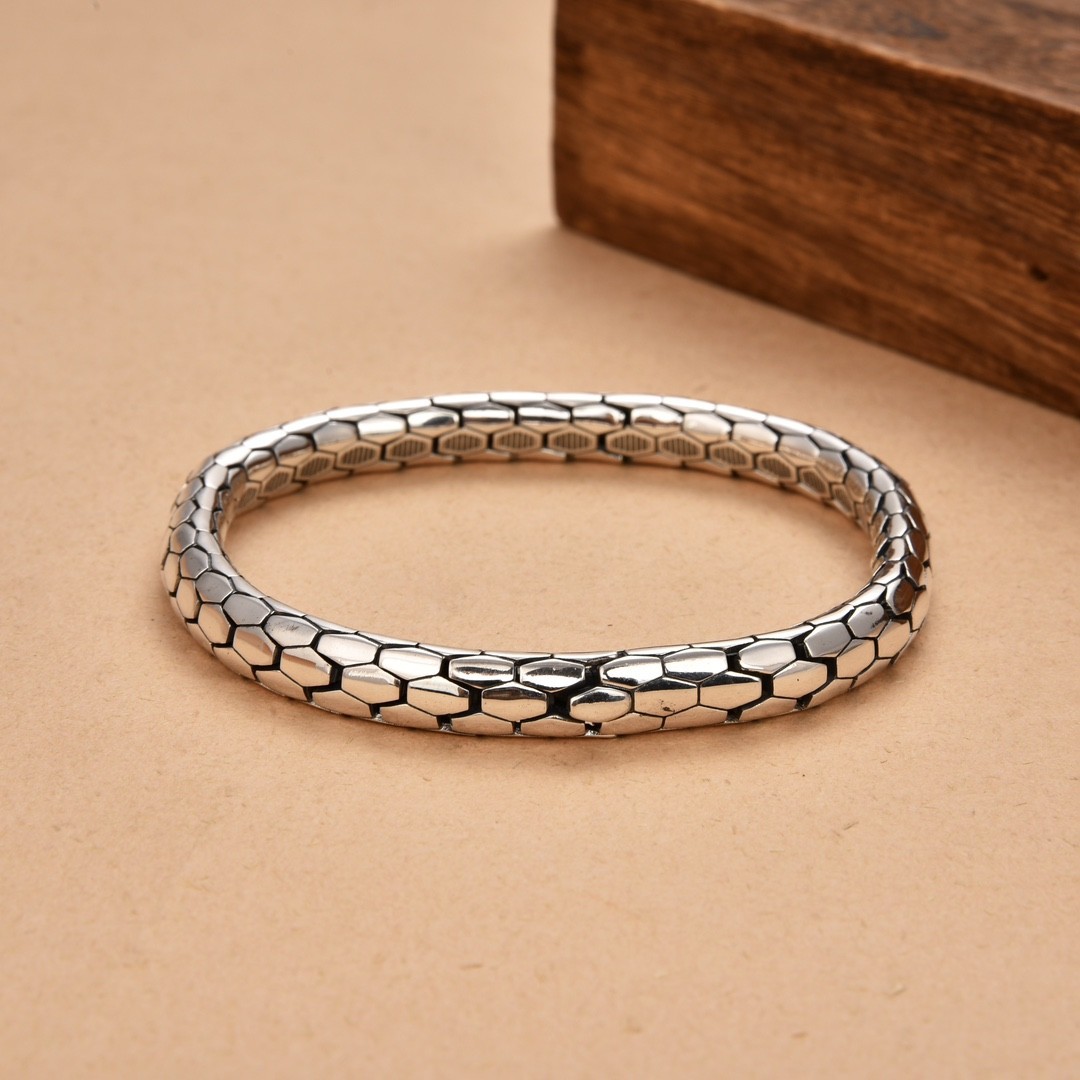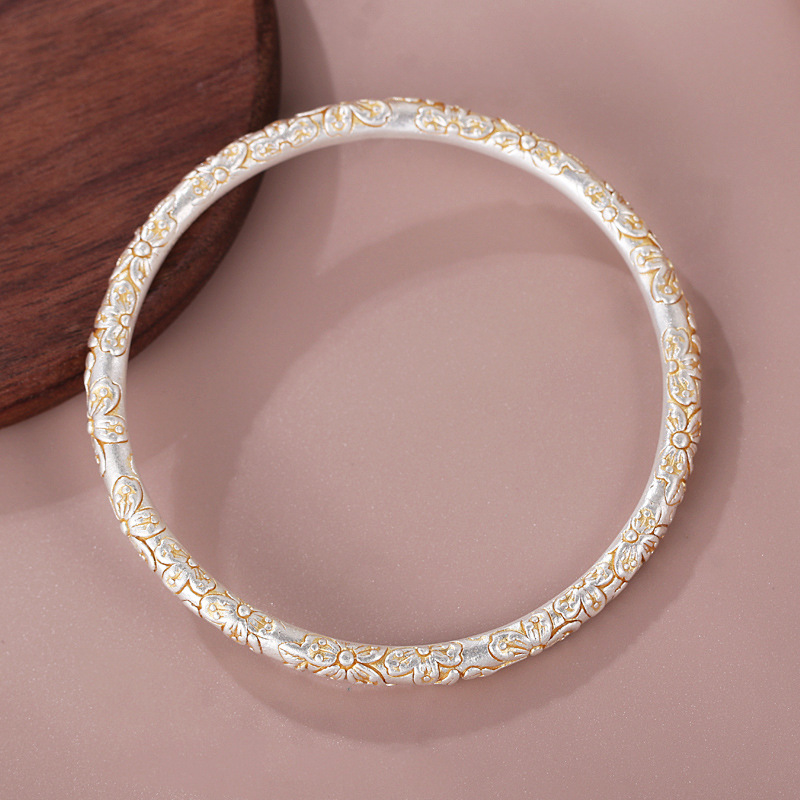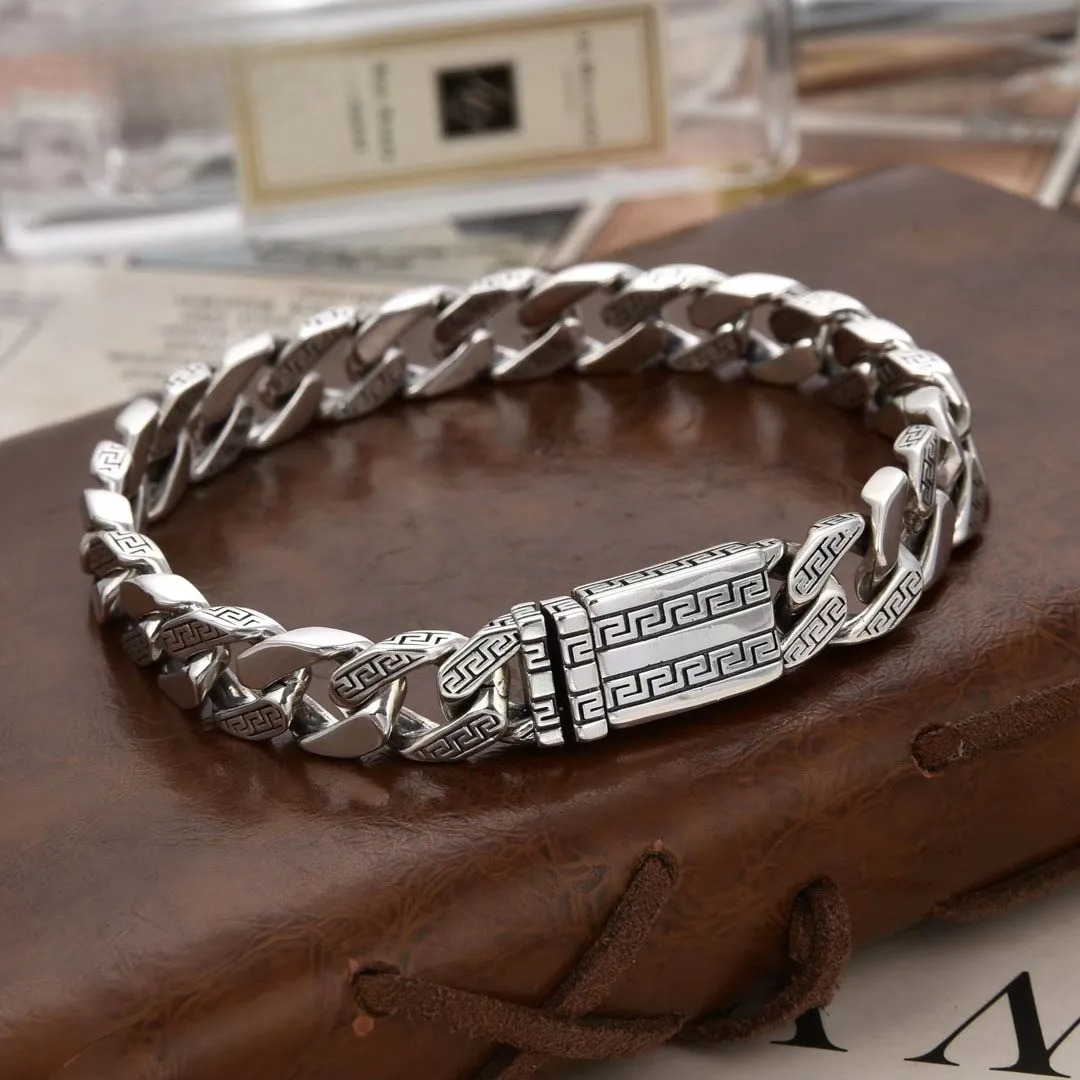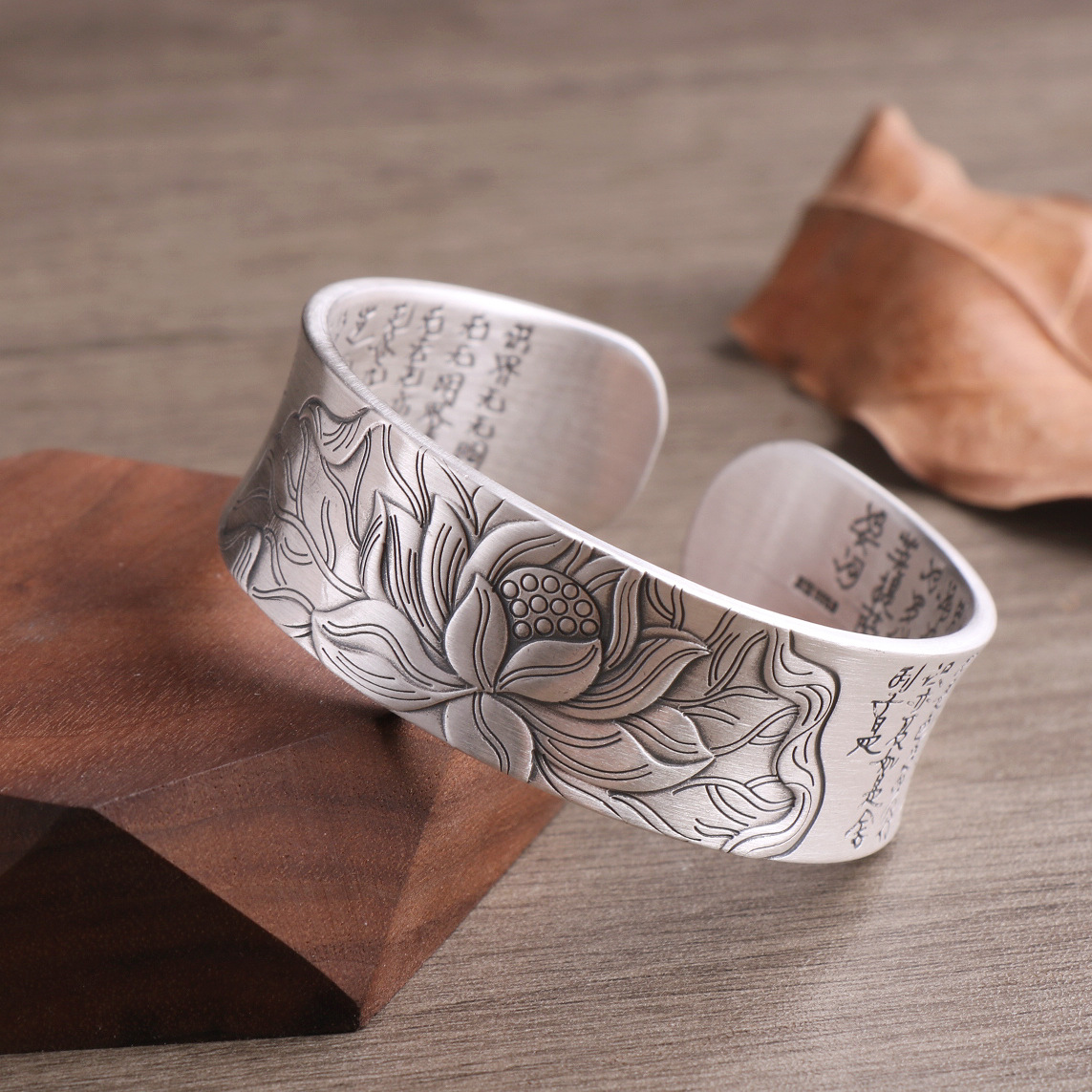How Long Does a Silver Bracelet Last?
How Long Does a Silver Bracelet Last?
Blog Article
Silver bracelets have long captivated jewelry enthusiasts with their timeless elegance and versatility. Whether you own a simple sterling silver bangle passed down through generations or a newly purchased piece adorned with gemstones, a common question lingers: how long does a silver bracelet last? The lifespan of a silver bracelet isn't fixed; instead, it hinges on a complex interplay of factors, from material composition and maintenance routines to daily wear patterns and environmental influences. In this in - depth guide, we'll explore these elements to help you understand what determines the longevity of your silver bracelet and how to extend its beauty for years to come.
Material Composition: The Foundation of Durability
The type of silver used in a bracelet significantly impacts its lifespan. The two most common forms are sterling silver and fine silver, each with distinct characteristics.
- Sterling Silver: Comprising 92.5% pure silver and 7.5% other metals (usually copper), sterling silver strikes a balance between the malleability of pure silver and the strength needed for everyday use. The addition of copper makes it more durable, reducing the risk of bending or scratching compared to fine silver. However, this alloy is more prone to tarnishing due to the reactivity of copper with sulfur compounds in the environment. When properly cared for, a sterling silver bracelet can last for decades, with some pieces even retaining their charm for generations.
- Fine Silver: With a purity of 99.9% silver, fine silver offers a brighter, more lustrous appearance. However, its high purity makes it softer and more susceptible to damage. Fine silver bracelets may develop scratches or dents more easily, especially if worn during activities that expose them to rough surfaces. Without careful handling and storage, a fine silver bracelet might show signs of wear more quickly than its sterling silver counterpart. However, in less - active settings and with proper maintenance, fine silver bracelets can also endure for a long time, maintaining their precious appeal.

Maintenance and Care: Preserving the Shine
Regular maintenance is key to extending the life of a silver bracelet. Tarnishing, the most visible sign of aging in silver jewelry, occurs when silver reacts with sulfur - containing substances in the air, on skin, or in certain products. Here are essential care practices:
- Cleaning Routines: A simple daily wipe with a soft, lint - free cloth can remove surface dirt, oils, and sweat, preventing them from accelerating tarnishing. For more thorough cleaning, specialized silver - polishing cloths, which contain mild abrasives and anti - tarnish agents, can restore the bracelet's shine. In cases of stubborn tarnish, gentle silver - cleaning solutions can be effective. However, it's crucial to follow the manufacturer's instructions carefully, as harsh chemicals or over - cleaning can damage the silver or any gemstones or enamel on the bracelet.
- Storage Methods: How you store your silver bracelet when not in use also matters. Storing it in a dry, airtight container, preferably lined with anti - tarnish fabric or accompanied by anti - tarnish strips, can significantly slow down the tarnishing process. These strips absorb sulfur compounds in the air, creating a protective environment for the silver. Avoid storing silver bracelets with other jewelry, especially those made of harder metals, as they can scratch the silver surface.
Wear Patterns and Usage: The Impact of Daily Life
The way you wear your silver bracelet in your daily life plays a significant role in its longevity.
- Frequency of Wear: A bracelet worn daily is more exposed to potential damage and environmental factors compared to one worn occasionally. Constant contact with skin oils, household chemicals (such as those in soaps, detergents, and cosmetics), and general wear and tear can accelerate the aging process. For example, wearing a silver bracelet while doing household chores, gardening, or engaging in sports increases the risk of scratches, dents, or even breakage.
- Activity - Specific Risks: Certain activities pose greater risks to silver bracelets. Swimming in chlorinated pools or hot tubs can cause the silver to react with chlorine, leading to discoloration and potential weakening of the metal. Exposure to saltwater while at the beach can also have a corrosive effect. Additionally, activities that involve repetitive hand movements or impacts, like playing musical instruments or weightlifting, can put stress on the bracelet, potentially causing links to loosen or clasps to fail over time.

Environmental Factors: Beyond Your Control
External environmental conditions can also affect how long a silver bracelet lasts.
- Climate and Humidity: In humid environments, silver tarnishes more quickly due to the increased presence of moisture in the air, which facilitates the chemical reaction between silver and sulfur compounds. Coastal areas, for instance, with their high humidity and salt - laden air, can accelerate the deterioration of silver jewelry. On the other hand, dry climates may slow down tarnishing but can still pose risks if the air contains pollutants or dust that can scratch the silver surface.
- Pollution and Chemical Exposure: Living in urban areas with high levels of air pollution exposes silver bracelets to various contaminants, including sulfur dioxide from vehicle emissions and industrial pollutants. These substances can speed up the tarnishing process. Moreover, exposure to chemicals in the workplace, such as those used in laboratories, factories, or hair salons, can have a detrimental effect on the silver, causing it to corrode or discolor.
Signs of Aging and When to Seek Professional Help
Over time, even well - cared - for silver bracelets will show signs of aging. Common indicators include persistent tarnish that doesn't respond to regular cleaning, scratches, dents, or loose clasps. When these issues become severe, it may be time to seek professional assistance. Jewelers can perform repairs, such as soldering broken links, replacing clasps, or refinishing the surface to remove deep scratches. They can also provide specialized cleaning and polishing services to restore the bracelet's original luster.
In conclusion, the lifespan of a silver bracelet is a result of numerous factors working together. While material composition sets the initial stage, proper maintenance, mindful wear patterns, and awareness of environmental influences can significantly extend its life. By understanding these elements and taking proactive steps to care for your silver bracelet, you can enjoy its beauty and elegance for many years, potentially passing it down as a cherished heirloom. Whether it's a simple, everyday accessory or a precious, statement piece, a well - maintained silver bracelet can continue to shine bright through the passage of time.
Report this page

